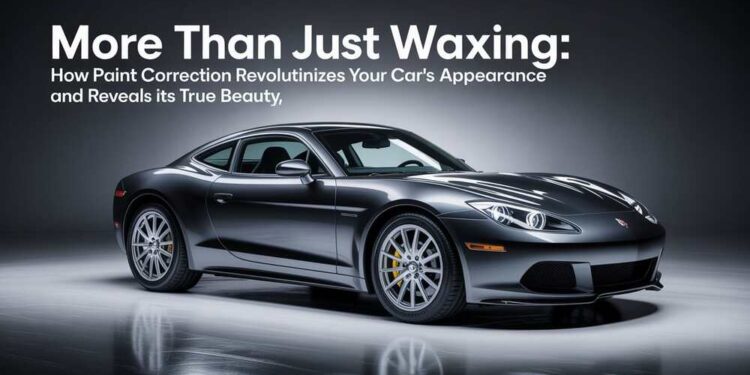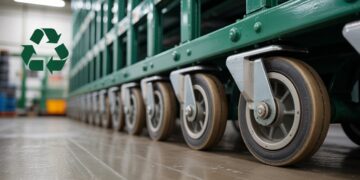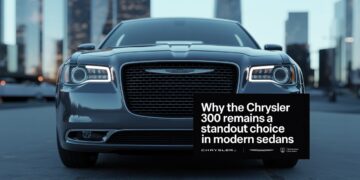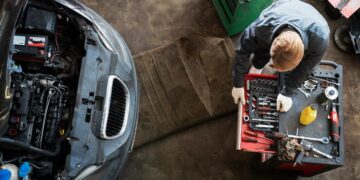Daily, your vehicle’s paint is bombarded by a host of relentless hazards: UV rays from the sun, gritty road dirt, bird droppings, stray tree sap, bug residue, and swirling dust. Even the simple act of washing a car with improper tools can leave behind micro-scratches and swirl marks, slowly diminishing that coveted mirror-like finish. As these factors accumulate over time, your once-glistening paintwork might start to look dull, marred, or prematurely aged. For car owners seeking more than superficial shine, Car Paint Correction offers a scientific and results-driven approach to rejuvenating a vehicle’s exterior beauty. With advanced techniques and professional expertise, paint correction dives deep beneath the surface to restore color, depth, and undeniable charisma to your ride.
Paint correction is a unique service that not only provides a quick gloss but also a thorough restoration of your car’s appearance and intrinsic value. It removes defects and reveals the paint’s genuine clarity and richness, ensuring its long-term preservation and protection against the environment.
Understanding Paint Correction
What Does Paint Correction Mean?
Paint correction is a process that removes visible and subtle imperfections in a car’s clear coat and paint layers, such as swirl marks, micro-marring, water spots, mineral deposits, and oxidation. These imperfections can accumulate and permanently alter the paint’s appearance and integrity. Unlike waxing, which covers up blemishes with a temporary gloss, paint correction uses targeted abrasion and polishing to eliminate imperfections at their source. Professional detailers use specialized polishers, pads, and compounds to remove ultra-thin layers of damaged clear coat, revealing smooth, flawless paint beneath. The results not only restore shine but also enhance gloss, color depth, and reflectivity.
The Paint Correction Process
Step 1: Deep Cleaning and Decontamination
The first and most crucial stage of paint correction is a rigorous cleaning process. Technicians begin by meticulously hand-washing your car to remove loose grime, dust, and debris. Next, the use of a clay bar treatment or synthetic clay mitt carefully draws out deeply embedded contaminants such as brake dust, tar, industrial fallout, sap, and stubborn particles that even intensive washing can miss. This level of decontamination is essential: without it, leftover particles could cause additional scratches during the correction process. Only when the surface is surgically clean can technicians proceed, ensuring the effectiveness and safety of every subsequent polishing step.
Step 2: Detailed Paint Inspection
With the surface prepared, professionals then perform a comprehensive inspection under high-intensity, color-corrected lights. This scrutiny exposes every swirl, etch, and scratch, highlighting the true extent of damage accumulated over time. By examining the surface from various angles, detailers can identify deeper problem spots that the untrained eye may easily miss. This assessment informs the strategy, determining which areas may require deeper compounding, the number of polishing stages needed, and the amount of clear coat that can be safely removed without compromising the protective paint layers.
Step 3: Precision Polishing and Buffing
The core of the paint correction process revolves around advanced machine polishing. Here, skilled hands and a keen eye make all the difference. Technicians select a tailored combination of foam or microfiber pads and abrasive compounds, graded according to the condition of your paint. The process often starts with heavier-cut compounds to level out deeper scratches, followed by progressively finer polishes that refine and clarify the surface. Depending on your paint’s specific needs, correction may involve several stages, each pass exfoliating away defects and incrementally boosting the gloss. Meticulous technique and patience ensure the finished result is consistently smooth, highly reflective, and free from haze or buffer marks.
Step 4: Protection Application
The last step of paint correction, but just as important as the first, involves sealing in your vehicle’s revitalized finish. After the polish is complete, a professional applies a high-grade paint sealant or advanced ceramic coating. These protective solutions bond to the clear coat, creating an impermeable shield that wards off future environmental contaminants, UV rays, and chemical etching. The hydrophobic properties cause water to bead and roll off while also preventing dirt and grime from adhering to the surface. This additional layer maximizes the longevity of your car’s shine and keeps your newly corrected paint looking fresh for years to come.
Do Read: Why You Should Consider Upgrading Your Car Audio System: Insights on Installation Benefits



















